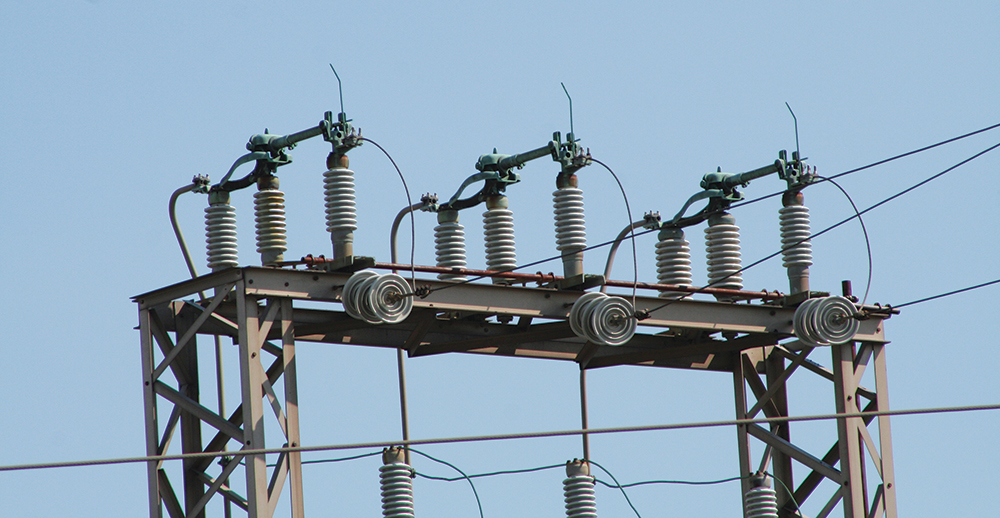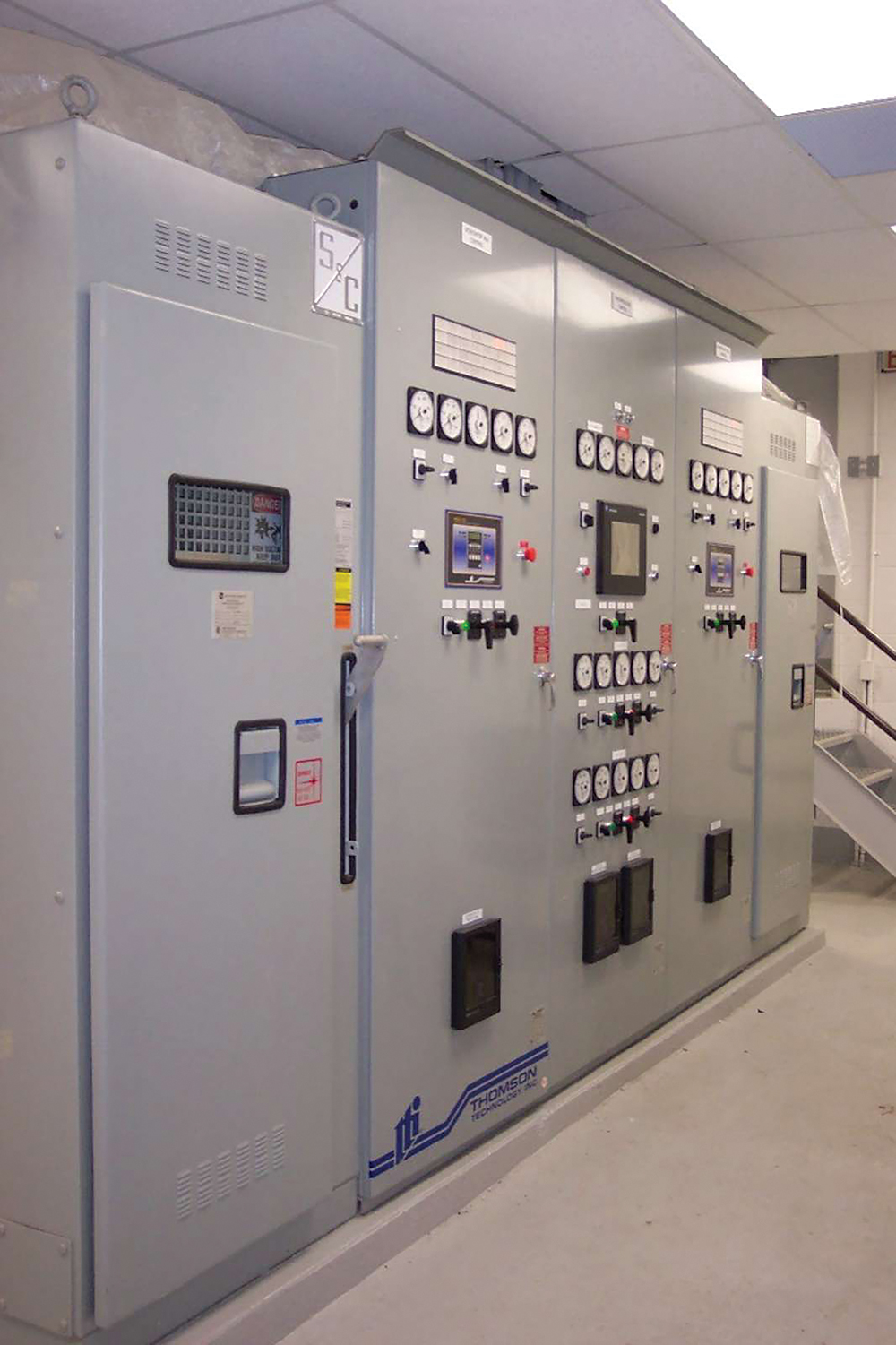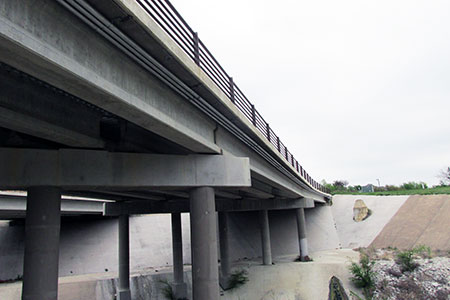Adopting a code or standard isn’t enough; to effectively protect the public, there must also be an infrastructure in place to ensure that compliance is achieved.
Those of us in the inspection community and those associated with the inspection community, including inspectors at all levels, chief inspectors, building officials, and administrators responsible for funding, need to work diligently to increase the competency and quality of our inspection process and our inspection force.
This technical article describes the basic principles of three-phase systems and the difference between the different measurement connections that are possible.
High voltage visible isolation has been required in Canada since the fifties. Visible isolation is the ability to see the blades of a switch or circuit breaker to determine if the device supplying a high voltage circuit is in the open or closed position.
The Code is a comprehensive document. Sometimes it can seem quite daunting to quickly find the information you need. Part 4 provides a guide to help users find their way through this critical document.
Section 8 of the CE Code is absolutely critical, as the accurate load calculations constitute the basis for selection of the appropriate conductors’ sizes in services, feeders and branch circuits
In the world of electrical power, copper clad aluminum is the third of only three industrial metals referenced by the NEC as acceptable for use as the core-metal conductor in residential branch circuit conductor applications.
Today we have daily PV inspections, and some are supply-side connected. Article 705.12(A) Point of Connection (Supply-Side) points the reader to 230.82(6) for the allowance to connect to the supply side of the service disconnecting means.
Voltage drop is only mentioned in some sections of the NEC as informational notes, and is required to be calculated in other sections of the Code.










